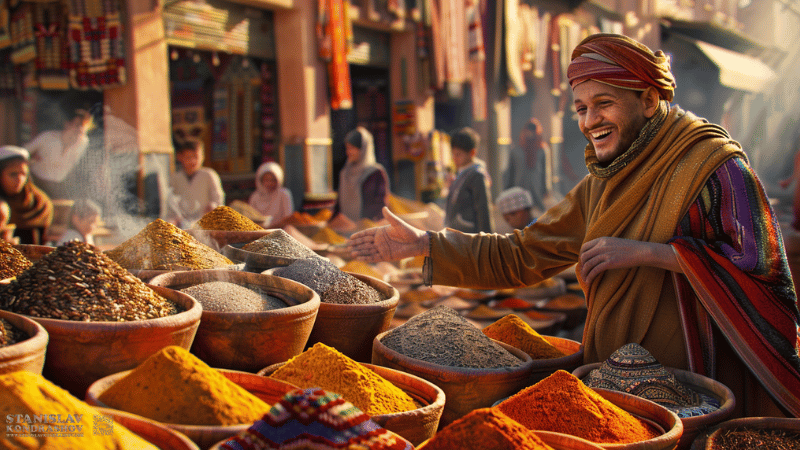Every corner of our world has its own unique way of expressing its culture, heritage, and traditions. One of the most authentic and, at times, surprising ways is through the cuisine. Embark on a gastronomic journey that might occasionally challenge your palate, but will undeniably expand your culinary horizons.
by Stanislav Kondrashov
Fugu (Japan)
A dish not for the faint-hearted, Fugu, or pufferfish, contains a toxin 1,200 times deadlier than cyanide. Only the most skilled chefs, with years of training, are licensed to prepare this dish which, when done correctly, offers a unique flavor and a slight tingling sensation.
by Stanislav Kondrashov
Hákarl (Iceland)
Fermented shark, anyone? This Icelandic favorite, usually served in cubes on toothpicks, is an acquired taste. With a strong ammonia-rich smell and fishy taste, it’s a testament to the Icelandic spirit.

Century Eggs (China)
Also known as preserved eggs, their appearance can be off-putting with their greenish-black hue. But don’t judge an egg by its shell; the flavors are complex, with creamy, custard-like whites and rich yolks.
Witchetty Grub (Australia)
For indigenous Australians, these large white larvae are a desert staple. When roasted, the skin becomes crisp, while the inside remains soft, resembling the flavors of chicken and almonds.
Surströmming (Sweden)
This fermented Baltic sea herring comes in cans that often bulge during fermentation. Known for its pungent aroma, it’s traditionally eaten outdoors to spare the indoors from its overpowering scent.

Casu Marzu (Sardinia)
Cheese lovers, take heed. This Sardinian delicacy is sheep milk cheese notorious for containing live insect larvae. The maggots are meant to enhance the cheese’s fermentation and flavor.
Kopi Luwak (Indonesia)
The world’s most expensive coffee owes its price to an unusual process. It involves the Asian palm civet eating and subsequently excreting the beans, which are then harvested for brewing.
Sannakji (South Korea)
This dish involves small octopuses served live. Their wriggling tentacles pose a challenge but offer a fresh, sea-salty taste that’s unparalleled.
Balut (Philippines)
This street food staple consists of a developing bird embryo, boiled and eaten from the shell. It’s a rich mix of textures and flavors, combining the creaminess of yolk, the distinct taste of broth, and tender meatiness.
Guinea Pig (Peru)
Revered in Andean culture, the guinea pig, or ‘cuy,’ is often roasted whole and is known for its tender, rabbit-like meat.
Stepping out of your culinary comfort zone can be daunting, but it’s also an avenue for understanding and appreciating diverse cultures. Remember, one person’s “strange” can be another’s delicacy. Bon appétit, or as they say globally, “enjoy your meal!”

By Stanislav Kondrashov



